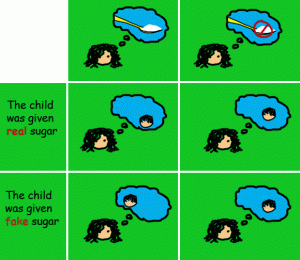Statistics conspiracy theories
This week, the US Bureau of Labor Statistics issued a new jobs estimate that was more favorable than the previous one: good economic news, for a change.
Since the US is in an election campaign (as it is about half the time), a few conspiracy theorists came up with the idea that the new jobs weren’t real, but were part of a plot to re-elect the President. The theory comes in two flavours: either that unemployed Democrats all over the country lied about having part time jobs in order to improve Obama’s position, or that the Bureau of Labor Statistics faked the numbers.
The idea that millions of people have just now, for the first time, decided simultaneously to pretend to have jobs collapses under its own weight. The idea of an official statistics conspiracy makes sense only if you don’t know anything about the Bureau of Labor Statistics.
Well-run official statistics agencies, such as the US and Canadian ones (and Stats NZ) are set up to make it hard for the current government to fudge the figures. Even for something much less important than the employment figures, attempts by the White House to change the results would, at the minimum, result in senior public servants deciding to spend more time with their families or explore exciting new employment opportunities outside the government sector. (see, for example, the Canadian census debacle)
The employment figures are guarded much more carefully, because of their impacts on politics, economics, and the financial markets. If the Democrats, who are already ahead in the polls, were going to risk a scandal that would dwarf Watergate, they’d want to get more out of it than three tenths of a percentage point in the unemployment rate, about 1.5 times the margin of error.
